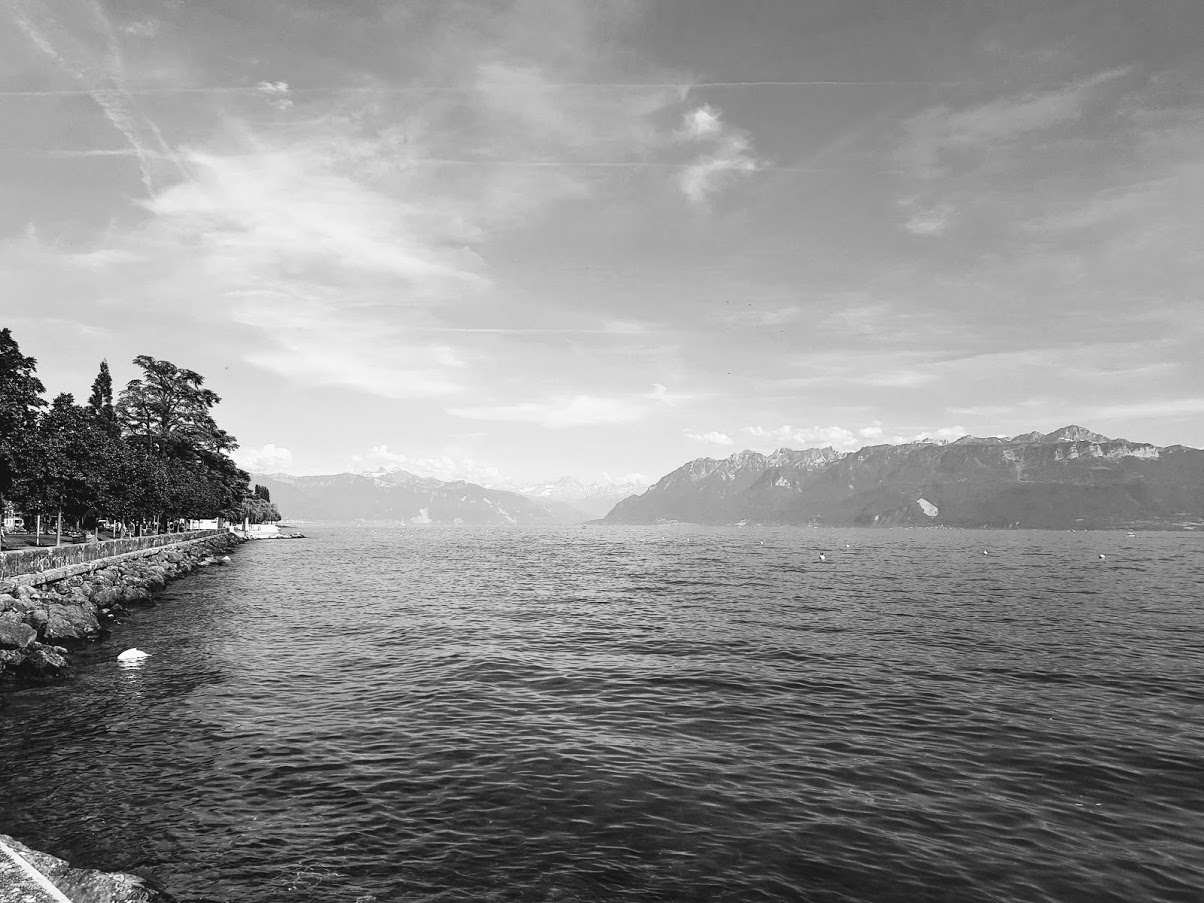
Uploaded on 2019-06-28 by Gustavo Espitia Villa
Lausanne 1. Water, raw materials/ food imports and immigration( density/ population)can be three important stocks and flows entering, staying and eventually leaving the city. 2. Lausanne benefits from the largest freshwater reservoir within Europe, Lake Geneva, but also most of the rivers within its catchment exemplify several key challenges for a sustainable freshwater management. With increasing global warming though the proportions of glacial melt waters as well as waters from permafrost regions can make up ever-larger proportions of the surface runoff. Much of this runoff is also being exploited for hydroelectric power, further modifying the natural runoff. In addition, the vegetation and soil cover increases downstream in parallel with the agricultural exploitation, the population density, industry and number of waste-water treatment plants. Also, in the last 150 years, its population has tripled, and its expected to grow even more. This has a huge impact on Lausanne urban density and demands a city that can respond to this challenges 3. The development of housing market imbalances, housing prices and residential investment within a stock-flow framework have to be a must to understand the future of Lausanne in an urban context that can help shape the city ina positive way